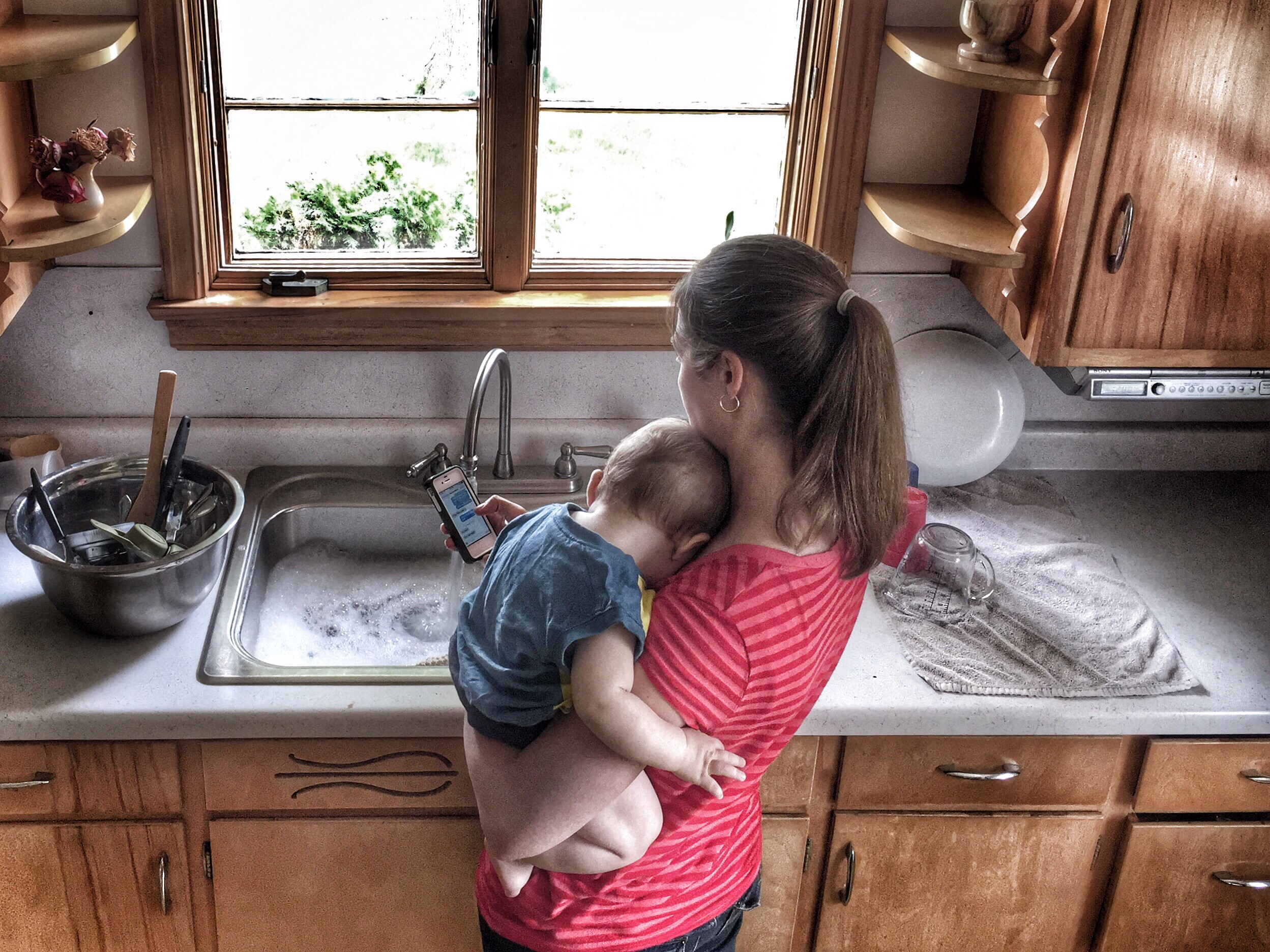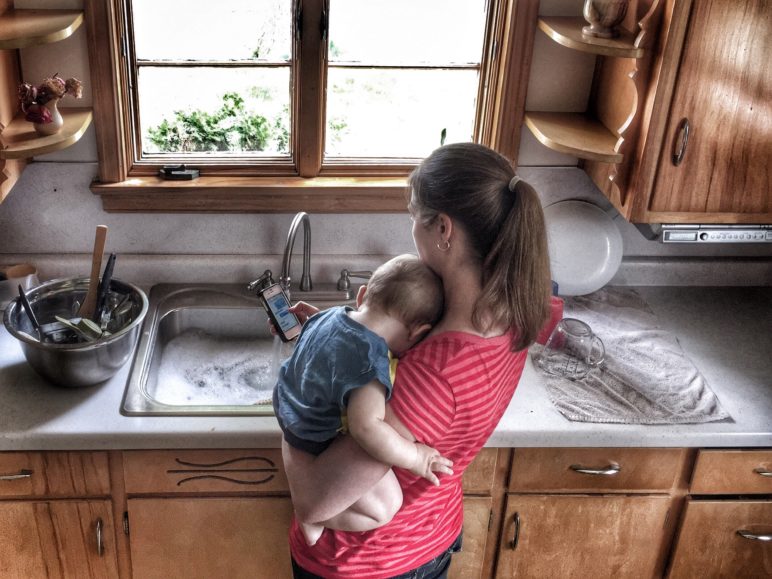Since the pandemic shut down the US in March, two factors have held off an explosion of US renters losing their homes: emergency federal unemployment insurance (UI) payments of $600 per week and eviction bans at multiple levels of government. But now the expiration of the federal eviction moratorium and the expiration of the UI payments today have renters facing an uncertain future and lawmakers scrambling to strike a deal.
In May, House Democrats passed the $3 trillion Health and Economic Recovery Omnibus Emergency Solutions (HEROES) Act, which would have extended both the UI payments and the moratorium on evictions (and expand it to include all renters), in addition to $100 billion of emergency aid for renters. This week, Senate Republicans finally introduced their $1 trillion aid package counterproposal, which slashes UI payments by two-thirds and does not include an eviction ban.
The federal eviction ban, part of the Coronavirus Aid, Relief, and Economic Security (CARES) Act passed in late March, covered over a quarter of US rental homes. A patchwork of state and local moratoriums has also been protecting many renters, but these bans are temporary, and many have ended or soon will. If the Senate severely curtails financial support for renters in the next relief package while failing to renew or expand the federal eviction moratorium, state and local eviction bans will become an even bigger factor in keeping renters in their homes.
In an April article, Sightline catalogued the eviction bans put in place across Cascadia in response to the coronavirus crisis and its economic fallout. Here is an update.
Expiration of federal eviction moratorium puts 12 million renters at risk
The federal moratorium on evictions had banned eviction filings over nonpayment of rent and late fees for homes with federally backed mortgages issued through Freddie Mac, Fannie Mae, or the Federal Housing Administration. The ban also applied to homes supported with US Department of Housing and Urban Development (HUD) funding, including Section 8 vouchers, Low-Income Housing Tax Credits, rural housing voucher programs, public housing, and more. These protections applied to about 12 million of the total 44 million US rental homes.
Upon the ban’s expiration July 25, landlords can once again issue eviction notices. But even prior to the expiration date, some landlords had pursued evictions despite the federal law. Since CARES Act did not impose penalties for landlords who try to evict tenants from federally protected properties, unscrupulous landlords could try to intimidate tenants who don’t understand the law into leaving their homes.
Congress will likely decide the fate of an eviction ban in the next coronavirus aid package over the next two weeks, as the clock ticks toward its August recess.
State eviction bans still protect most renters in Cascadia
In the meantime, most states in Cascadia still have eviction moratoriums in place that help prevent landlords from removing renters from their homes.
Washington
Washington’s eviction moratorium was set to expire August 1 until the Governor Jay Inslee extended it through October 15. The new moratorium clarifies that landlords may only serve eviction notices if there is a health and safety risk or if the landlord provides a 60-day written notice of their intent to live in the unit or sell it. The new order also maintains the ban on rent increases for residential units as well as commercial units impacted by COVID-19. It does, however, establish a work group to investigate reauthorizing rent increases.
Oregon
Before the state’s 90-day eviction ban expired at the end of June, the Oregon legislature passed House Bill 4213, which extended the eviction moratorium through September. The bill applies only to cases of nonpayment of rent and gives tenants six months after the ban ends to pay back rent.
Idaho
An April court order stopped eviction court proceedings until May, after which courts could resume evictions remotely. But last week an Ada County judge effectively barred evictions when he struck down a statute in the Idaho Constitution that banned the right to a jury trial for tenants facing eviction, since jury trials for civil cases are still on hold until October 5.
Alaska
Alaska’s eviction ban, which the state legislature enacted in late March, expired at the end of June. The ban had prevented evictions based on nonpayment of rent for those financially impacted by COVID-19. The Alaska Supreme Court ordered that non-jury eviction cases could proceed beginning July 1, making tenants in places not protected by local bans vulnerable to eviction.
Some local governments’ bans offer further protection while others rely on state moratoriums
Sightline’s previous article inventoried city and county bans as of April. Since then, localities have largely relied on state moratoriums, but some local governments have taken their own action.
In Washington, Seattle’s eviction moratorium was set to run through June. As both city and state bans neared expiration, the city council was prompted to extend it through the end of the year. This extension grants a defense from eviction in cases of nonpayment of rent, which King County also approved in a similar measure for unincorporated areas. Portland, Oregon, on the other hand, didn’t update its eviction moratorium, which now falls under the state ban that lasts only through September.
But not all of Cascadia’s major cities fully banned evictions at the local level. Boise, Idaho, initially banned evictions for public housing units, but the measure expired after April 30 and the city hasn’t established any other eviction protections, though eviction cases are halted throughout Idaho until October.
Anchorage stands out as the largest Cascadian city without any eviction protections. With the expiration of Alaska’s moratorium in June and the federal ban ending last week, Anchorage tenants who have lost their jobs during the pandemic can now be evicted freely. Motivated by the looming threat, the Anchorage Assembly is now considering a proposal to ban evictions through September.
Allowances for payback plans offer buffer time for tenants after eviction bans end
Eviction bans don’t exempt tenants from their legal obligation to pay back rent. Most renters who have been struggling financially won’t have the resources to pay all their back rent and utility bills right away, which could put them at risk of eviction once again down the road.
The CARES Act gives tenants 30 days to pay missed rent after the federal eviction ban ends—a bare minimum timeframe that’s likely insufficient for most cash-strapped renters. To further protect renters from this bind, some state and local governments have enacted requirements for landlords to offer tenants extended payment plans. Washington and Oregon, as well as Seattle, Portland, Multnomah County, and Beaverton, Oregon, and British Columbia currently have such rules.
Portland and Multnomah County were the first Cascadian jurisdictions to establish a six-month grace period for tenants to pay back rent and missed utility payments; the neighboring city of Beaverton quickly followed. In Seattle, the city council approved a similar six-month grace period and specified a default payment schedule where tenants make payments in three to six equal installments, depending on the amount owed. Washington barred landlords from pursuing eviction in the future if rent wasn’t paid due to COVID-19, unless the tenant refuses a payment plan or defaults on one. However, Washington’s rules don’t specify a length of time or schedule for the payment plan. When Oregon extended its eviction moratorium through September, it also established a six-month grace period for tenants to pay back rent and allowed landlords to propose a voluntary payment plan schedule.
It’s playing out differently for Cascadians north of the US border
At the onset of the pandemic, British Columbia acted quickly to establish a set of rigorous tenant protections, which included banning all residential evictions (except those based on safety threats) and prohibiting rent increases. Among Cascadian states, BC’s eviction ban will be the next to expire, but the province has followed a more methodical approach to phasing out eviction protections due to the level of protections originally provided.
In June, BC lawmakers narrowed the eviction moratorium, which initially banned all eviction notice and enforcement activity (except in cases affecting tenant safety), to apply only to late or nonpayment of rent. Barring those cases, landlords may now deliver eviction notices, and proceed with existing eviction orders. BC’s moratorium will completely expire at the end of August, although landlords must offer tenants a payment plan to pay back rent and utility costs. Tenants who default on their payment plans can then be subject to eviction. The ban on rent increases is scheduled to lift December 1.
Stopping evictions requires an enormous magnitude of rental assistance.

Stopping evictions requires an enormous magnitude of rental assistance
The National Low Income Housing Coalition estimated the cost of support needed by renters impacted by the pandemic for the 14 months from May 2020 to June 2021. The numbers are big: $3 billion in Washington; $1.4 billion in Oregon; $365 million in Idaho; and $165 million in Alaska.
The CARES Act provided $12 billion in funding for HUD programs, which help provide direct aid to low-income renters. CARES also provided funding to state and local governments, which they could use on rental assistance. For example, Washington allocated $100 million of the $3 billion in federal funds it received for a new rental assistance program. But compare that with the $3 billion estimate of support needed. Most local governments have even less capacity relative to their needs, especially as the pandemic’s economic fallout obliterates their budgets.
The scale of the problem demands federal action. Appropriately, the House’s HEROES Act includes $100 billion for rental assistance—enough to more or less meet the estimated need. Senate Republicans’ counterproposal, however, includes zero funding for targeted rental assistance.
A combination of eviction bans and rental assistance can protect both renters and the economy
Eviction bans and rental assistance go hand in hand. Congress can keep millions of renters from losing their homes by approving the HEROES Act proposal to extend and expand the federal eviction moratorium to cover all renters for one year.
Bans come at no direct cost to government budgets, but without subsidies, renters won’t be able to pay back housing costs, placing them at risk of eviction once the moratoriums end. Furthermore, unpaid rent can drag down the whole economy, as landlords will lack funds to pay mortgages, taxes, and paychecks for those they employ across the US. By including an eviction ban and rental assistance in the next coronavirus aid package, Congress can achieve a win-win by protecting both renters and the economy.
Sightline Institute is a 501(c)3 non-profit organization that does not support, endorse, or oppose any candidate or political party.










